Today dawned bright and sunny, but it was definitely chilly up here in the mountains in the early morning. It had gone down to 4 C last night but with the sun out in full strength, it got warm very quickly.
I went back to my usual pattern this morning and didn’t have breakfast at my inn. I set off and retraced my steps partway back into town. (I wasn’t going over the mountain back via Temple 44 this time!) The henro trail diverged from the road after my inn but I never saw the signs so I just walked along the road. It was going to get me to the same place, anyway.
The prefectural highway ran higher up on the slope than the clusters of houses. (There was also a bit of an incline which got my blood pumping and kept me warm.) To get to your house, you took a steep little turnoff into the valley below.
I paused to enjoy the view.
While I had missed the first short bit of henro trail, I spotted the start of the trail that bypassed the tunnel. It was a steep walk down through the woods but I always enjoyed going off road.
Shortly after the henro trail rejoins the highway, there is a rest area marked on the map. It’s actually a community club of sorts with a large washroom facility with attached roofed bench area. I stopped there to eat my breakfast: a plain rice ball (made from the leftovers last night). Since the washrooms were quite nice, I made use of them as well. (Never turn down a nice, clean washroom on the henro!)
There was also an older Japanese man at the bench area as well. He wasn’t dressed in henro garb – more like dress pants and a shirt. He also had a suitcase with rollers on it, not a backpack. I didn’t think that he was a henro, but then he asked me about my cellphone and pointed to his, plugged in to a socket on the washroom building to charge. Hmm… that was odd. Why wouldn’t he charge it at home or in his hotel?
Then I remembered having seen him the previous day. Maybe he was a henro but was at the end of this portion of his walk and was catching the bus back from Kuma Kougen? Perhaps he was using public transportation as well as walking? He reminded me of korokoro-san, a walking henro that I met on my spring 2008 walk. He was walking the Tokushima portion and his backpack could be converted into a carry-on suitcase with wheels. He was dubbed korokoro-san for the noise his backpack made when he wheeled it.
My day would also not be too long today, but I wanted to get going, since I had a long, long walk down from the mountains along Misaka-touge Pass and I didn’t know how that would be.
Almost back into town:
I followed the road until it met up with Route 33. There were a few convenience stores conveniently (ha!) scattered along Route 33 as it ran through the town so I stopped at a Circle K to restock my supplies before heading out. There would be nothing on my way today, not even vending machines until I got very close to my inn. I did not want a repeat of random crackers for lunch like yesterday.
Who did I see coming into Circle K after me but the older man/possible henro from the benches at the community centre! After I had replenished my supplies and headed out, I saw him waiting at a bus stop. He probably was a Golden Week henro and it was time for him to head back. That, or he had been visiting someone there, although Wednesday seemed like an odd day to pick to return home.
Farewell, Kuma Kougen! You are a lovely town!
Matsuyama 30 km
Please visit us again.
Along Route 33, I saw some signs that told me to take a henro trail along a narrow farming road between some houses and fields. This wasn’t marked on my henro map but I decided to follow it and followed the little road as it weaved between houses and fields. It was a little bit of a long way around, but it was a nice (and safe) alternative to trudging along on the side of the road.
Although I said that today I’m going down from the mountains, the road to Misaka-touge is a long, long trek up an incline. There was pretty much nothing else once you left town, so I took a quick rest at the Myoujin Rest Park at the edge of town.
There were still some cherry blossoms clinging to the trees around the rest park. There were also momiji (Japanese maple) trees planted around it so it would be just as lovely in the fall. It was chilly sitting in the shade in the rest hut so I didn’t stay too long.
Route 33 was a long road of nothing for the last part.
I was glad to have the sidewalk with the railing, but the road seemed to go on forever. (It was only 2 more km after the rest park, but the whole thing felt very long.) I kept an eye out for a couple of tsuyado and zenkonyado henro lodges/hut that I had heard about but only saw one. It looked a little dodgy – possibly just a metal shed??, so I was that much gladder that I had stayed at Hatchouzaka for a second night. I had also kept an eye out for Touri-an, a new henro inn that was supposed to be just across from the rest park. It wasn’t on the main road, so I never got see to what it was like. (It had looked like an interesting place from the signage so I was curious, but not enough to go poking around midday.)
I was relieved to see this henro stone marker along the barren road. I was still on the right track!
Misaka-touge branches off from the highway as the road takes a sharp curve. As you draw near, it looks like the road just drops off into the blue sky.
Oh! I see henro signs!
The trail runs right through the trees and someone’s yard – it felt as if I was trespassing and actually wondered if I hadn’t mistaken the signs. However, shortly, I came to the start of the trail down through Misaka-touge Pass.
Those red and white henro signs hanging from branches are a lifesaver.
You barely get started on the trail when you arrive at a bench.
I saw down, had a drink, and enjoyed the peace and stillness of the woods for a few minutes before heading on my way. I just love walking through forests.
Misaka-touge Pass 三坂峠
According to an informative signboard, Kuma-gaido road (which traverses Misaka-touge) was the primary route used for all traffic going into Matsuyama until the old highway 33 was constructed in the year Meiji 25 (1892). This was part of a longer route that connected Matsuyama to Kouchi. In the past, this passage was considered a nansho (difficult place to walk) and was actually the worst one between Kouchi and Ehime. There is an old folk song that talks about people leaving from present-day Kuma Kougen and heading down the exhausting road into Matsuyama, taking a day and a night to make the journey there and back.
On the henro map, it looks like the trail from Misaka-touge is along an old gravel road. It is, in fact, an earthen trail through the forest. The first section is a series of curves that wind down the mountainside as you gradually descend. You go down from 710 m to 290 m but there are no sharp downhill parts, just a long descent. The trail is in good condition and is an absolute pleasure to walk. There were a couple of places that you had to ford a small creek, which I did most cautiously, in consideration of my luck with streams as of late. (Even after getting wet a couple of times in the past, I still have fun crossing little streams. I just love water!)
I wish that I had taken pictures – I have no idea why I didn’t. (Perhaps because, although it was a pretty walk, there wasn’t much that stood out?)
It did have an excellent view of Matsuyama.
In the far distance, that’s the ocean. Matsuyama is a port city and is across the Seto Inland Sea from Hiroshima.
There is a rest hut marked along the trail on the map just as the trail turns into a country back road. Sure enough, I came across a typical henro/Shikoku-no-michi roofed hut along the trail. A stream flowed along the other side of the hut. I sat there, rehydrating and resting as I watched the water glisten in the sun.
This was what I looked out onto while sitting at the hut. You can’t really see the water in this photo but you can see the rocks that it was flowing over and around.
I was soon joined by a couple of other henro. One was from Hiroshima and was actually familar with the junior high school that I had been teaching at for the past few years. He was very friendly and insisted on giving me his cell phone number in case I had problems on the henro trail.
This was his sixth time around and had lots of wisdom to share about the trail. (Everyone who has been around more than once always has wisdom to share, myself included!) Apparently, this was one of the parts where the map had its distances wrong. Temple 46 was actually a shorter distance away than the map indicated. He also said that the Sakamoto-ya rest area was further along on the trail than where the symbol was on the map. It was then that I realized that this henro hut was not the rest hut marked on the trail – I wasn’t as far along as I had thought. He also told me to cancel my reservation at Chouchin-ya, which was right across the street from Temple 46, because I could totally make it further today than that!
Of course, he was right about that. However, I’d have to go all the way to Temple 49 then and, with four temple visits to get in, I would have to hustle. It would also put me out of sync with the rest of my plans. I’ve learned not to argue with people like that – I have my plans and know how far my feet (and, more importantly, my Achilles tendons) can or should take me in a day. Some people are just more hardcore or pressed for time and need to get more distance in each day. Besides, after six times around, he probably doesn’t spend much time looking at the temples or anything else. This is my first time, so I want to enjoy myself.
He also told me about Sakamoto-ya. It is a historical henro inn, not a henro hut. It is no longer open for guests to stay but it open on weekends as a rest stop. Volunteers serve tea and snacks and you can see the original building.
He and the others eventually left, so I sat for a bit longer, enjoying the sound of the stream and the peace. Soon enough, others came so I decided to move on.
The trail did eventually trickle out into a paved back country road, and, presently, I arrived at Sakamoto-ya.
According to the informative signboard, Sakamoto-ya was built around the end of the Meiji Period (early 1900s) and was a bustling inn, serving those travelling along the Tosa-Gaidou Way to and from Matsuyama. It was a popular spot for travellers to rest and eat or to stay until the early part of the Showa Period (1920s-1930s). It was restored in Heisei 16 (2004) by a non-profit organization and has a traditional central wood hearth and kamado cast iron cooking pots.
The signboard also had a map that said it was 6.5 km to Temple 46, Joururi-ji. Hiroshima henro guy said that it was 5 km. Looks like he was wrong and I was that much happier that I had stuck to my original plan.
Sadly, today was not a weekend so I couldn’t see inside Sakamoto-ya. I continued along, following the country road as it wound back and forth the valley, gradually working its way down from farmland to the outskirts of Matsuyama City.
Sakamoto-ya was at the base of Misaka-touge so it was still a ways up in the mountains:
Note how the houses are not built level to the road. They are accessed by narrow little driveways that drop sharply off from the road.
Oftentimes in the country, you see houses that have fallen into disrepair. Elderly relatives pass away but the next generation doesn’t want to live in the deep country (or can’t because of work). The sale of land is very rare in Japan so these little country houses just remain unoccupied and sometimes, literally, fall apart.
This was a more extreme example:
Yep, Japan was still making houses out of wattle and daub not that long ago. In their defense, Ehime is extremely mild, especially this close to the sea. It was neat to get a glimpse into an old house like this, and although it was falling into ruin, it was beautiful in its own way.
Just about halfway between Sakamoto-ya and Temple 46 was Amikakeishi Daishi-dou. It’s a little Daishi temple across from a boulder that is criss-crossed with grooves that resemble a net. Legend has it that, one day, Daishi-sama was carrying two rocks that he had placed in nets and then tied to a pole that he balanced on his shoulders. The pole broke and the rocks went flying off into the mountains. One rock fell into the river and the second one is said have landed here.
Sure enough, across the road was that very rock.
Being able to read about things like this is one reason that I am glad that I worked so hard to learn Japanese.
Onwards and forwards, through dry fields to Temple 46!
Rice paddies and field are not often neat blocks of land. The shapes in this photo are common, especially in the mountains.
The road took me into a residential area. I bought a drink and sat down on a bus stop bench to rest and kill a little time before walking the last kilometre or two to Temple 46. I was early and wanted to arrive late enough in the afternoon that Chouchin-ya would let me in.
From my bench, I could see signs shaped like arrows, highlighting the various places to see in the area, as well as their direction and distance. Some of them sounded interesting and I wished that I had had more time to stop and explore things along the way that weren’t directly related to the henro trail. Small towns and villages can have wonderful places that are very much worth visiting.
It was still early in the afternoon when I reached Temple 46 so I went there first before checking in to my hotel.
Temple 46 – Joururi-ji 浄瑠璃寺
This temple was the reason that I like to leave ample time for temple visits. Some temple complexes don’t have much to them. Joururi-ji, however, was gorgeous.
Up the mandatory stone steps we go and I’ll show you why!
It wasn’t a large complex but it had so much packed into it. The grounds were absolutely covered in trees and flowers and a network of gravel pathways ran through it with new and special finds around each corner.
There were flowers everywhere and not just the more typical bushes of hydrangea and azaleas, but potted flowers that gave it a tropical air.
The main temple, dedicated to Yakushi-nyorai, Buddha of medicine and healing:
Colourful “bibs” and strings of origami cranes offered by local believers:
Chillin’ and looking out onto the gardens:
The Hondou main temple and Daishi-dou temple were connected by a walkway:
Some interesting beasts finials:
They could be elephants, or what Japanese thought elephants looked like back in the day, based on tales of the animals from abroad.
Candle rack with some curiously-shaped candles:
I couldn’t figure out why the candles were wilting like that – until I burned my hand when I I brushed against the metal. The heat of a day’s worth of lit candles had heated up the metal so much that candles started to wilt from the heat of the metal spikes that they were placed on. The lower ones fared better but the upper rows were hit by the heat from the lower candles as well, so some wilted and went out before burning down.
Amazingly, there were still camellia trees with blooms on them. (Camellias usually bloom over the winter in Japan.)
Dazzling white azaleas – these are the flowers of May:
Grave stones clustered around a Buddhist statue:
One of three sacred Chinese junipers that Daishi-sama is said to have planted, making it over 1,000 years old.
Hito-negai (Ichi-gan?) Benten shrine:
Benten (Benzaiten) is the sole female of the Seven Lucky Gods. The Seven Lucky Gods are from Chinese so they’re not strictly Shinto gods (which are native to Japan and have shrines with those vermillion shrine gates) but this shrine to Benten does have a shrine gate as well as candle racks and an incense holder which are features of Buddhist shrines. It seems sometimes like Japan isn’t quite sure how to treat these deities from China.
Seppou-ishi – stone of teachings:
Seppou means to “explain the way” – ie. teach (about religion). There is a symbol etched into the centre of the rock. Underneath that, a fragment of rock is buried inside the stone slab. This fragment is from the mountain where the Buddha trained himself and preached his teachings. The sign on the stone instructs you to sit on the spot where the fragment is buried, presumably to gain some enlightenment yourself. (Of course I sat there.) (Yes, it felt a little odd and impolite somehow to sit on an important stone like that.)
Directly across from the seppou-ishi was a set of Buddha’s footprints carved into another slab of stone. Buddha’s footprints are a fairly common feature of temples but these ones were a little different – you could stand on them!
In fact, a sign directed you to doff your socks and footwear and stand on the footprints in bare feet.
This is why I like to have enough time to spend at temples. Sometimes, you come across unexpectedly cool stuff like this.
How could I not do it?
One of the niftier hand-purifying basins that I’ve come across:
“Hey, you, frog! Got outta my pond!”
After thoroughly enjoying exploring Joururi-ji, I packed up and headed over to my inn.
Chouchin-ya is a hotel with two buildings joined by a second floor walkway. The dining room, store, front desk, laundry facilities, and public baths are all in the first building while my room was in the newer second building so I had to make a few trips up the stairs, over the walkway, then down the stairs again to do things.
Being a hotel of decent size located conveniently across from a henro temple, Chouchin-ya’s main business is henro of the car and bus variety. I think that I was the only walking henro there that night. Judging from the walking henro that I had met at the henro hut earlier that day, most of them continue on past Temple 46 and stay in Matsuyama City.
They were very nice and let me in at around 2:30 p.m. The location of the various facilities were pointed out to me and I was shown how to navigate between the two buildings. My room was equipped with my own bathroom, complete with tub and shower. This was a luxury! It was a little more expensive than a standard henro room (it was the only one left when I called), but it was nice to be able to relax in my own room and shower as soon as I got in, without having to wait for the public baths to open.
As per usual, I threw my laundry into the washer but then I got to shower while I waited. Once the dryer was free, I threw my things in then headed to the public baths for a good soak. I let the jet bath bubble away some of the aches and tiredness in my legs then tried the sauna as well but only lasted a couple of minutes there. I also tried the cold water bath that you’re supposed to use after the sauna. It wasn’t frigidly cold like the ones I had tried in Hiroshima but was more like a cool lake or stream. It really helped my calves, feet, and Achilles tendons – they felt so much better after that.
All clean and relaxed, I returned to my room, propped my feet and legs up on my folded futon, covered myself with a haori coat, and was soon out like a light for a lovely, lovely nap. I never have enjoyed naps as much as I did on the pilgrimage.
I went back to the main building for supper at 5:30. The dining hall was huge and packed with henro from multiple bus tours. Places were marked with little name cards on stands so I picked my way through the crowded tables to my seat, as directed by wait staff. (There would have been no way to pick out my name card in the sea of people.)
I was at a table with the few other non-bus tour henro staying there that night. They all seemed to be car henro. There were spots left for two couples who had not yet arrived and a lone male henro sat across from me. He didn’t engage me in conversation (men sometimes don’t, since they don’t expect me to be able to understand them and don’t feel like struggling with the language barrier) but, in a moment of unusual sociability, I talked to him first.
Before I knew it, he was telling me his life story.
It turned out that he was from Hiroshima but the other end of the prefecture from me. This was his eighth time around the pilgrimage (always by car) and sometimes his wife came with him, but not this time. In a previous trip, he had prayed for his son’s wife to be able to conceive. Just over a year ago, his 40-something daughter-in-law, gave birth to a little girl after over 10 years of trying. He was such a proud grandfather – he even showed me a picture of her. This pilgrimage was to thank Daishi-sama for the safe birth of his granddaughter.
His elder son has a teenage son and he told me all about the problems that they are having with him and his lack of inclination to study. He goes to a super elite junior high school but all he does is think about baseball. The boy’s father is in Tokyo so he helps out with raising this kid but they’re all worried about him. When he found out that I had taught at junior high, he started even asking my advice about what to do with him!
I think that he was just really glad to have a chance to talk with someone. On bus tours, you are with friends and fellow travellers all the time. You ride with them, eat with them, share rooms with them, so you’re never lonely. When you walk, you have opportunities to meet and talk to people quite often. However, when you drive, you don’t have many opportunities to talk with people, especially if you’re not too outgoing, like this man. It was amazing how much he wanted to talk once I spoke to him and broke the ice (or the dam, i a way).
Dinner was nothing special. It was a very standard mass-produced meal with little character and passable taste. That was not a surprise, considering the room packed with people and the inexpensive rates.
The individual tinfoil plate of tofu, vegetables, and noodles that simmered at your table was rather nice, though.
Bathed, fed, and laundry accomplished, I headed to bed to rest up for tomorrow. It wouldn’t be a long day as far as distance but there were five temples to see before I made it to Dogo Onsen and my second stay at Sen Guest House.
Tomorrow: a long day in the heat and the temple of the stone in the hand

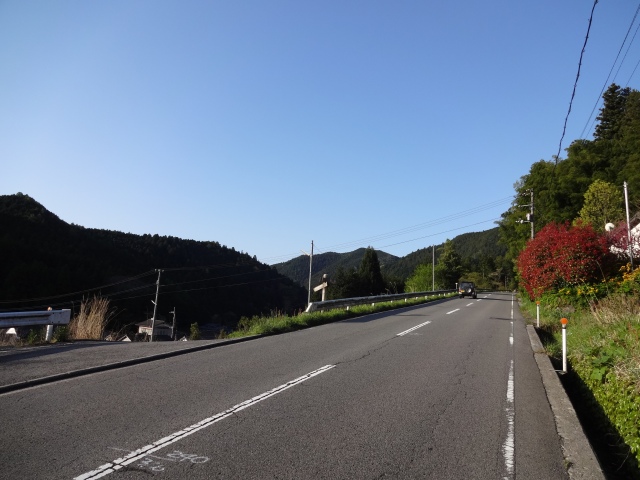

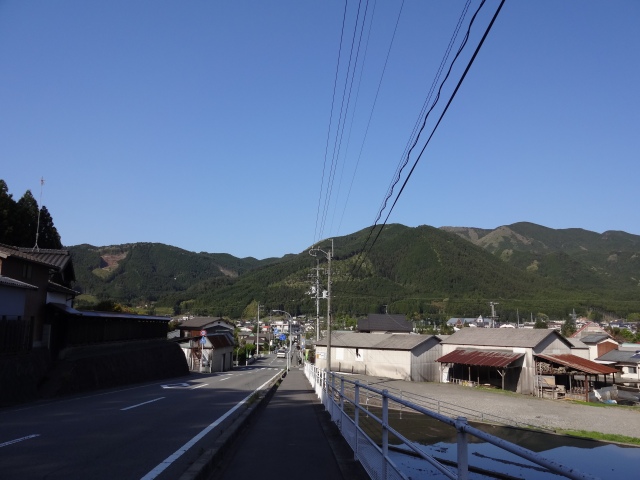
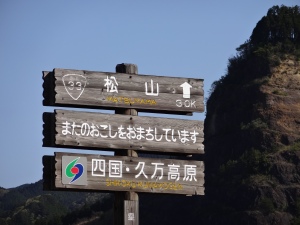

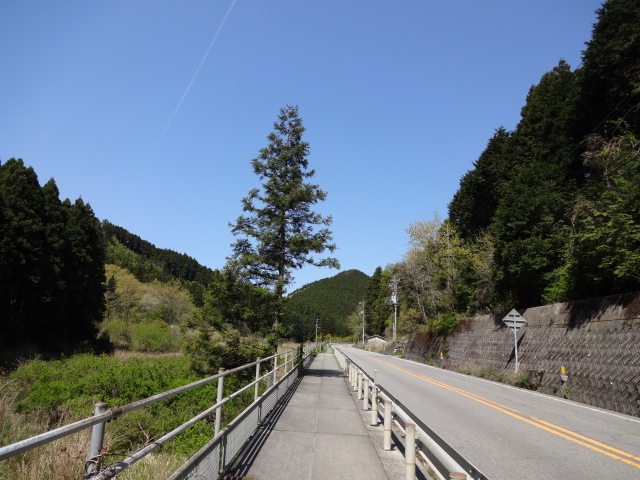
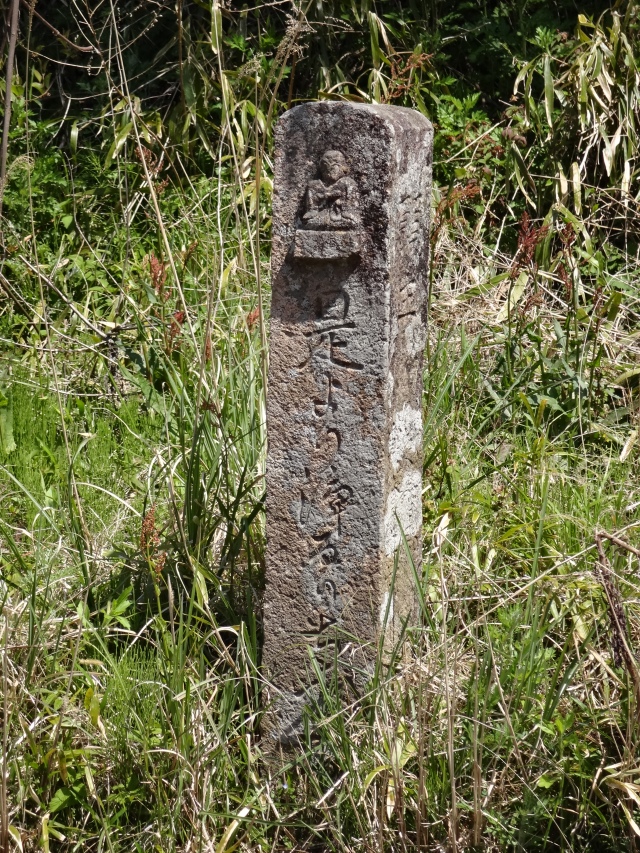
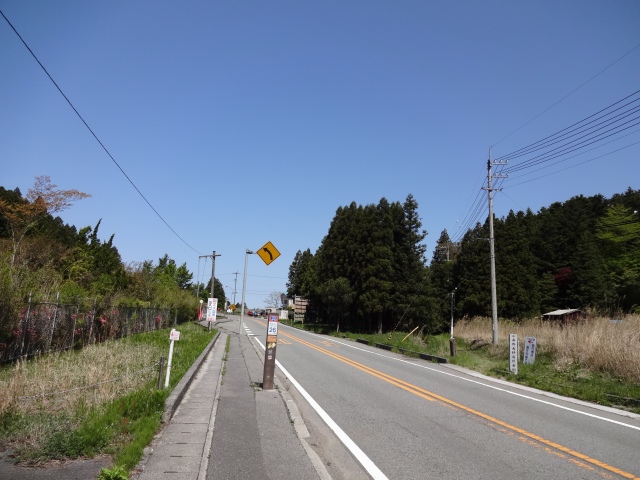

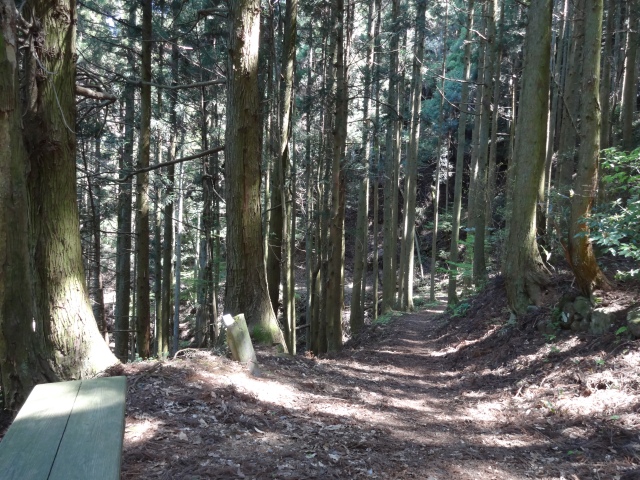
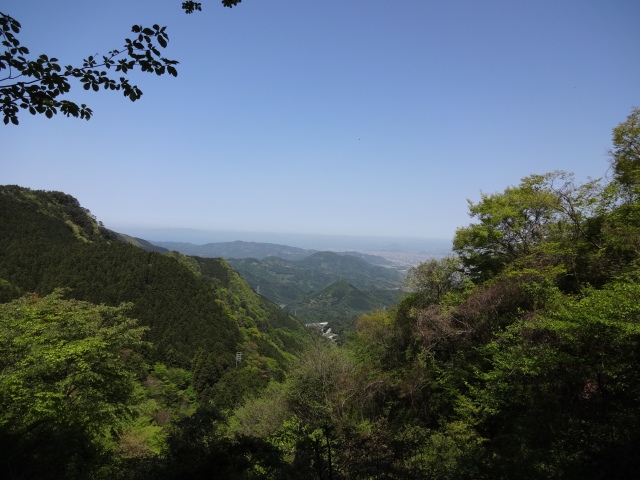
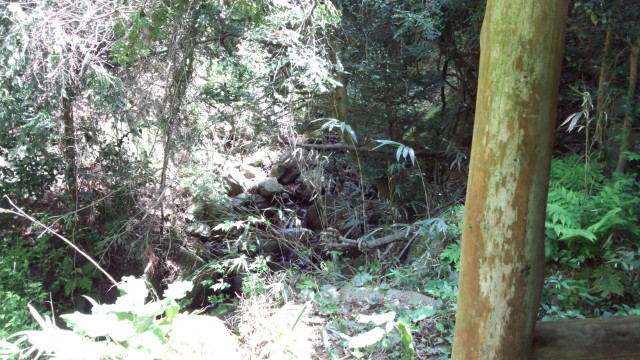
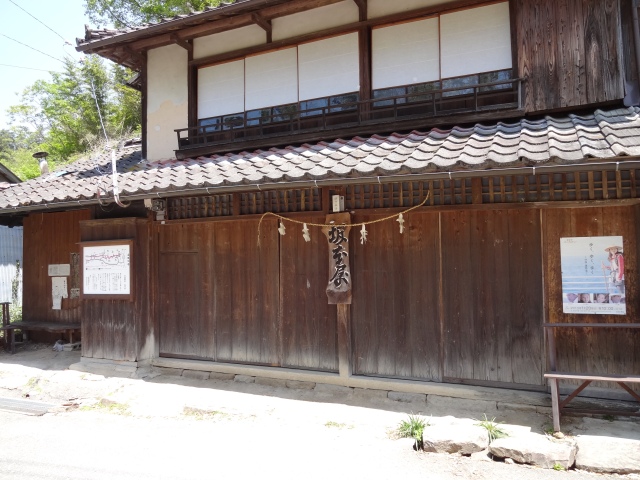
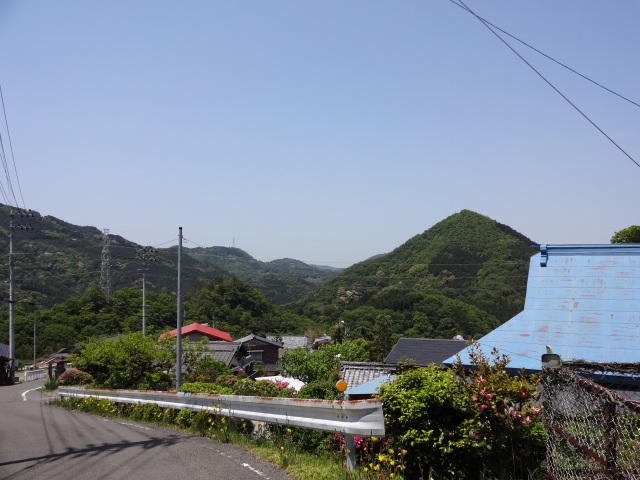
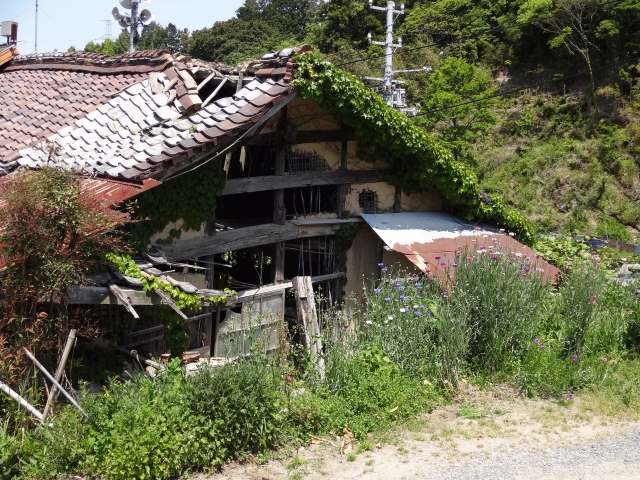

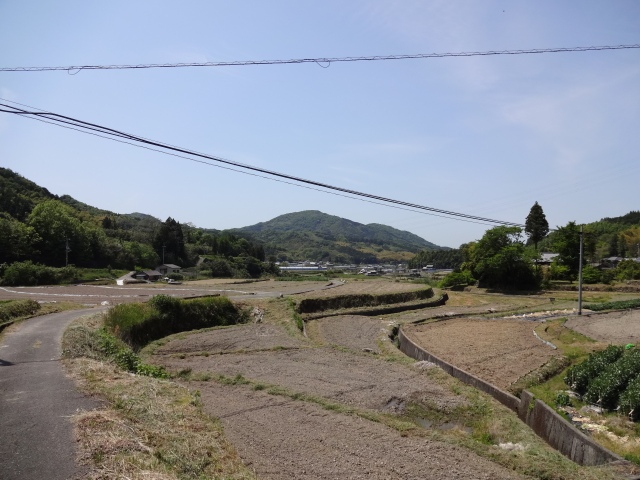
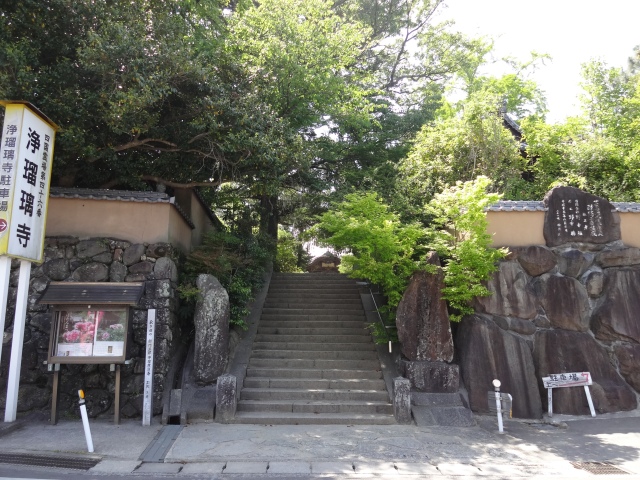
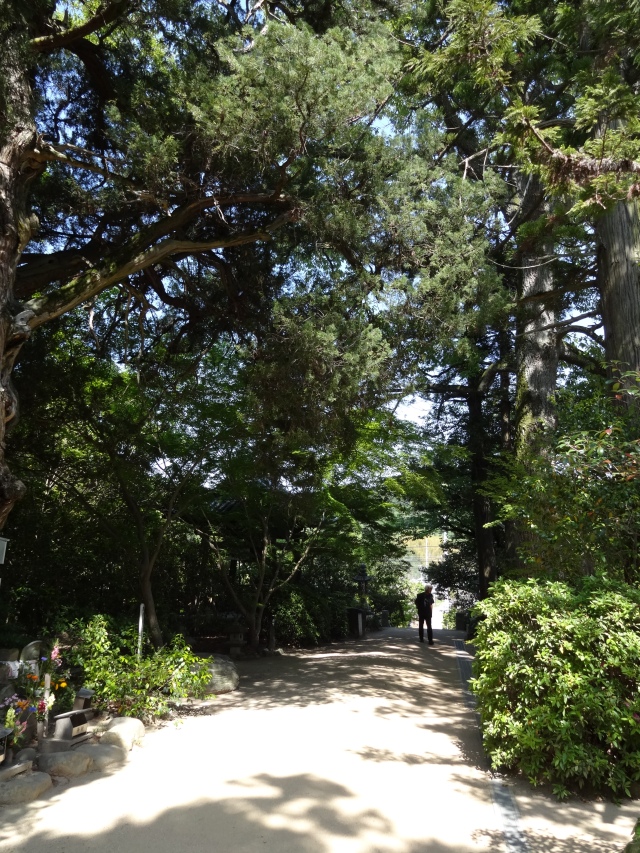
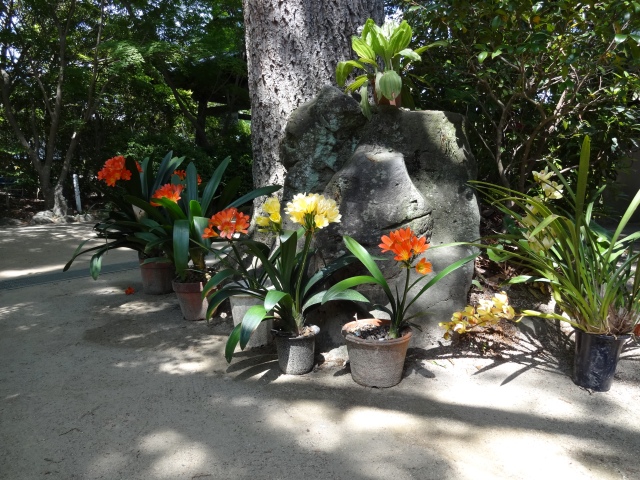
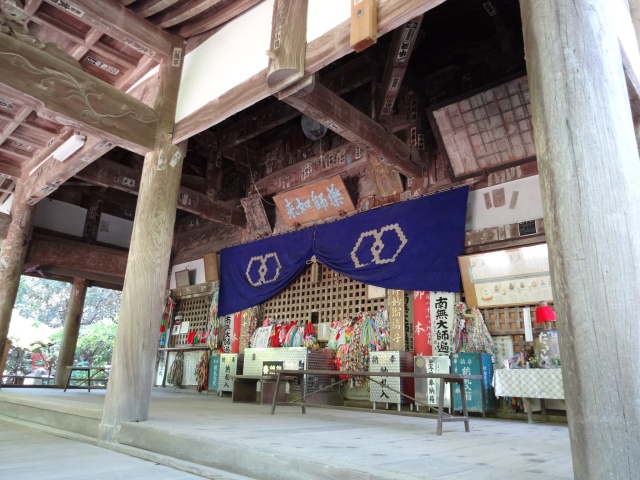
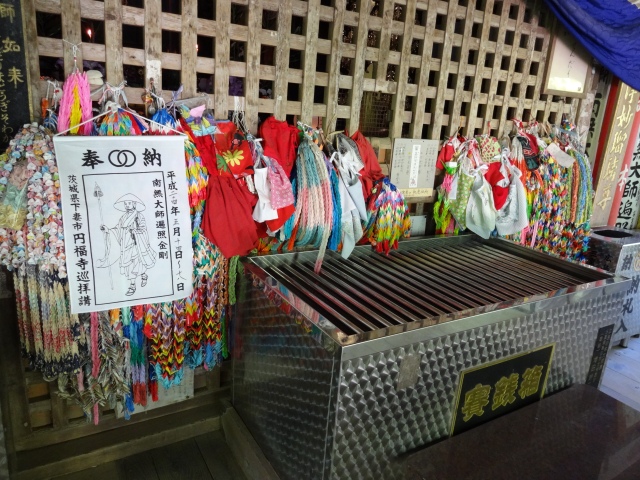
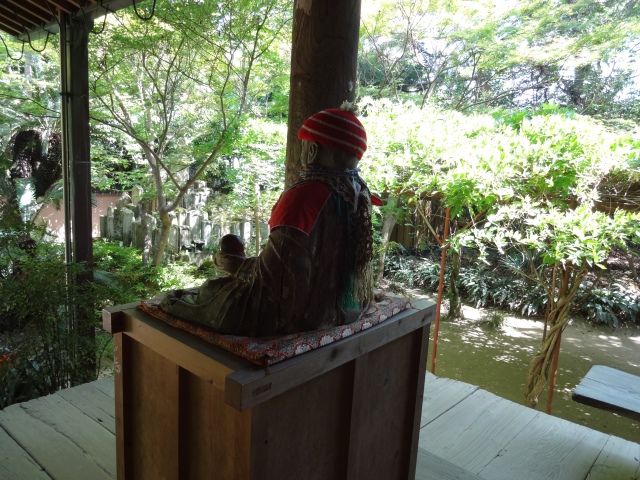
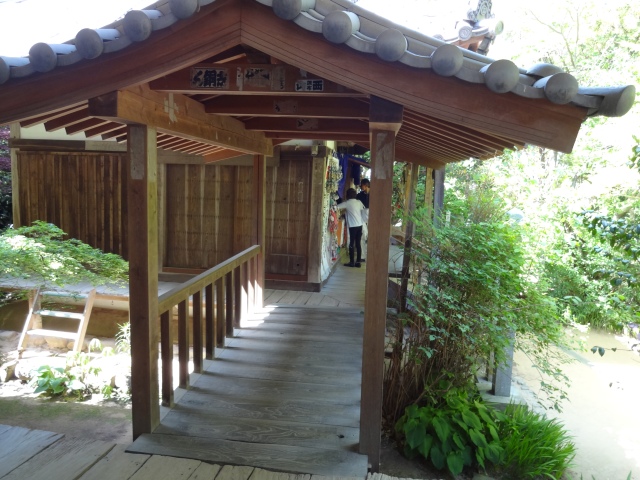
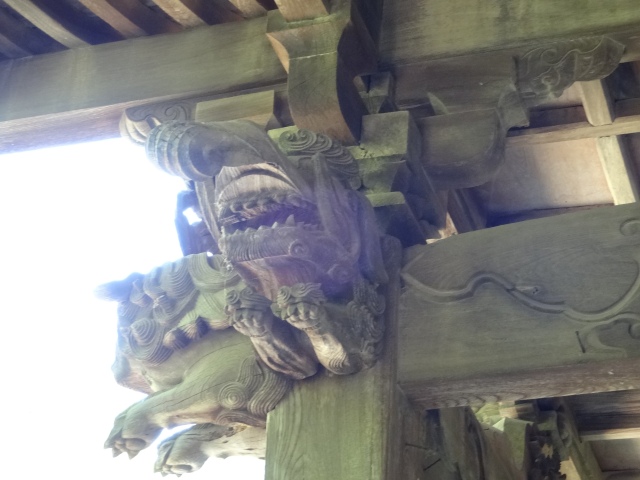
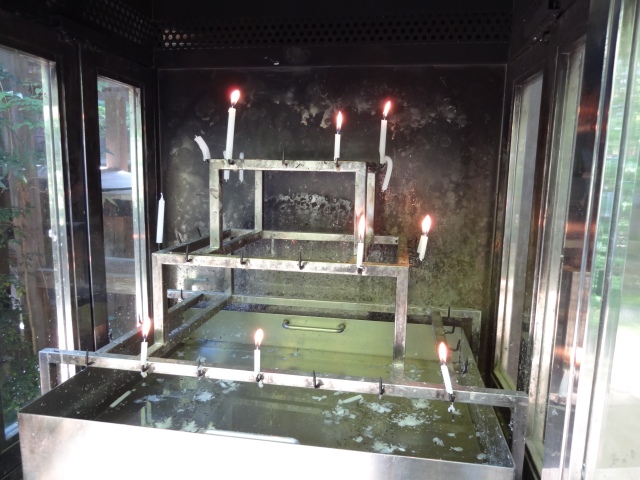
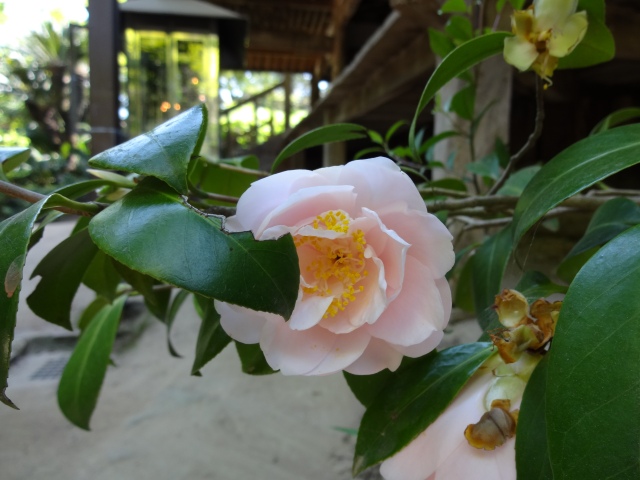
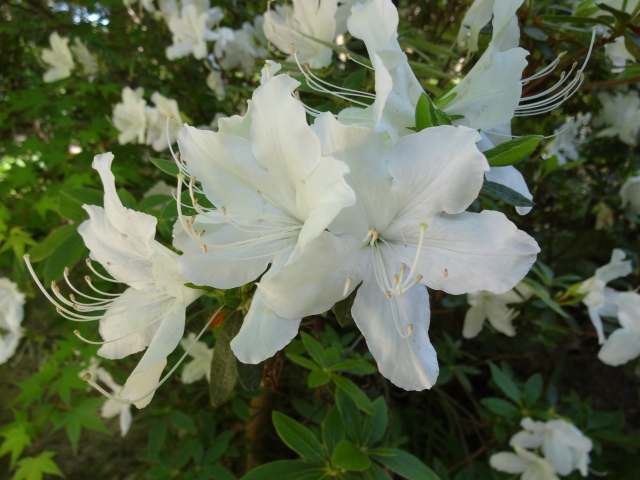
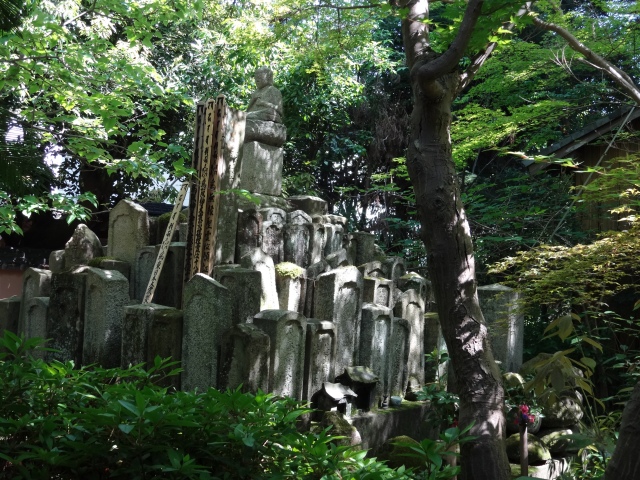
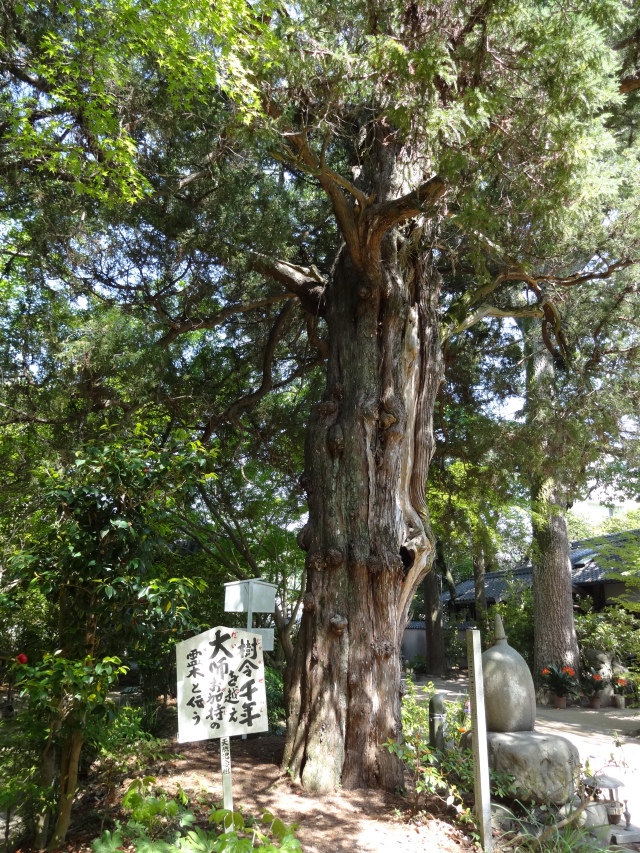

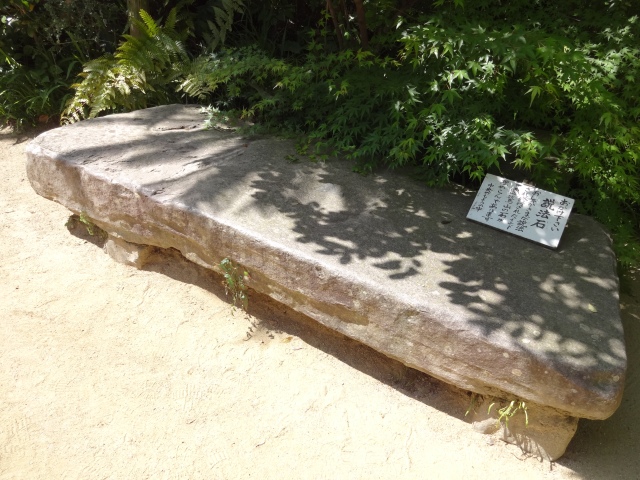
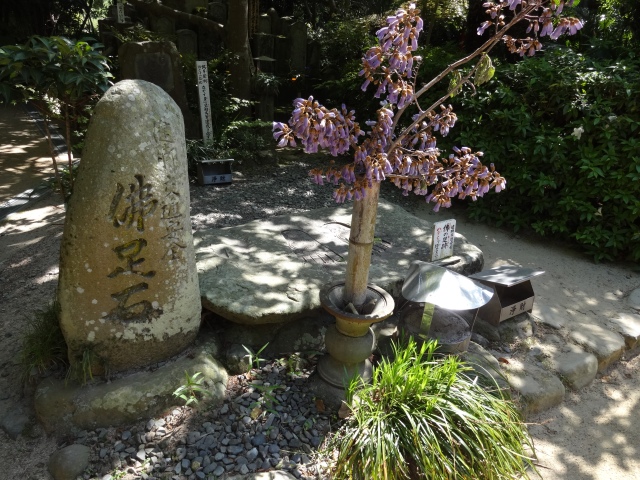
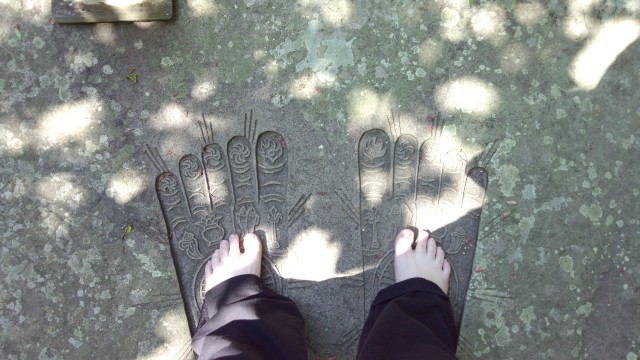
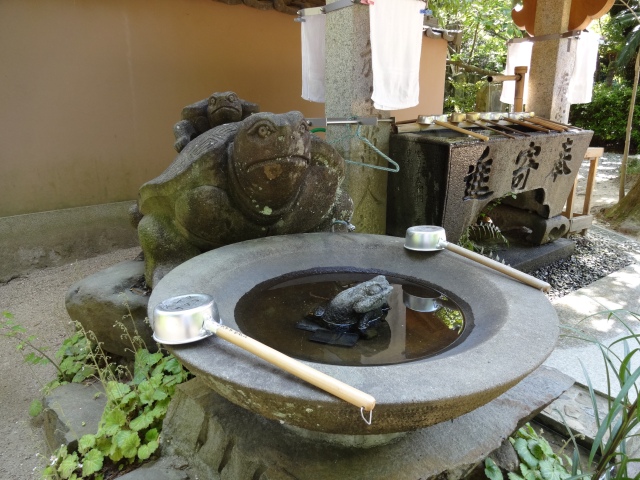
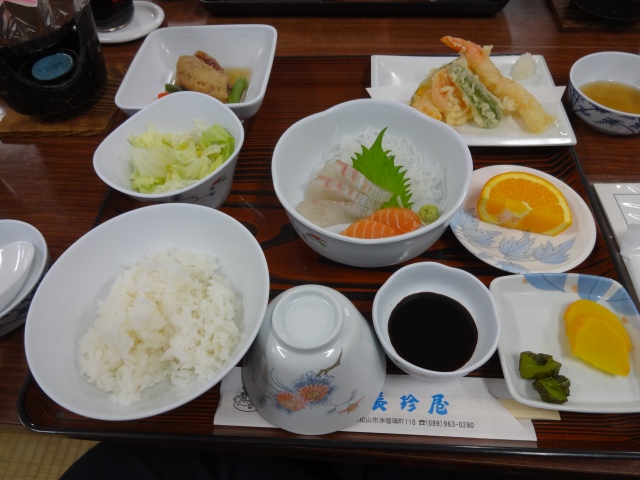
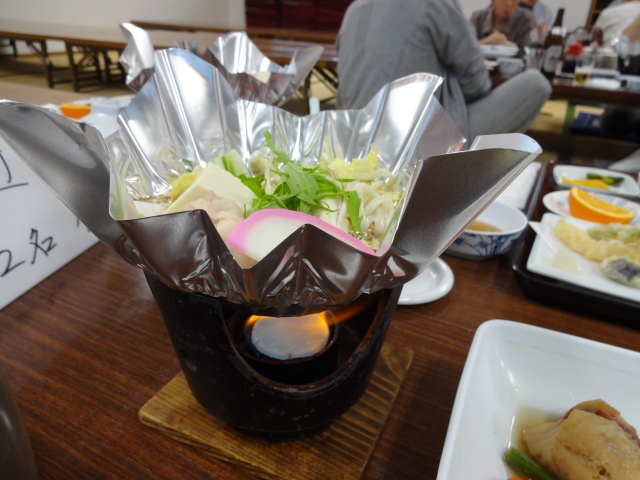
Great, great reading. Very well done. I am off to Kochi to finish my second pilgrimage and I have learnt a lot more from your story than any other books. Les from Australia